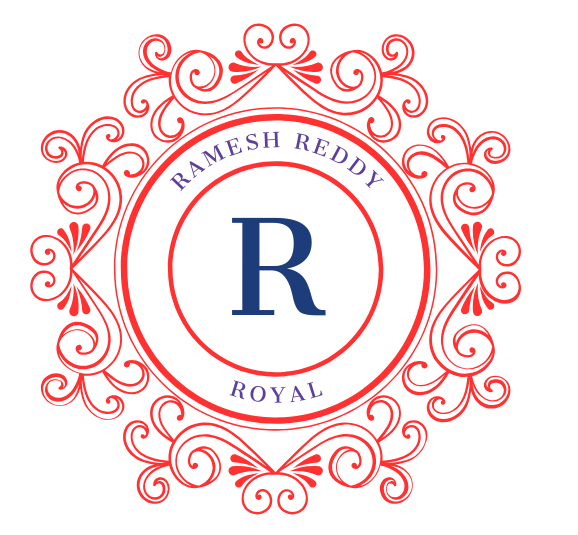Understanding Different Note-Taking Techniques
Effective note-taking is pivotal for academic success and professional development. Various note-taking techniques cater to different needs and preferences, assisting individuals in capturing, organizing, and retaining information efficiently. Here, we delve into several prominent methods, each with its unique approach and utility.
Cornell Note-Taking System: Developed at Cornell University, this method divides the paper into three sections: cues, notes, and summary. The main notes are taken during the lecture or reading in the right-hand section. Afterward, key points or questions are noted in the left-hand column, while a succinct summary is written at the bottom. This structured approach enhances review and retention, making it ideal for studying detailed subjects.
Mind Mapping: This visual technique involves creating a central idea and branching out with related topics, forming a web of connections. Mind maps leverage both hemispheres of the brain, facilitating better understanding and recall. They are particularly effective for brainstorming, planning projects, or summarizing complex concepts quickly.
The Outline Method: An organized approach, the Outline Method uses indentation to structure information hierarchically. Main topics are placed at the left margin, with subtopics and details indented underneath. This method is highly effective for subjects requiring clear organization and is favored for its simplicity and efficiency in capturing lecture content.
Charting Method: This technique involves creating a table with columns and rows to categorize information. Each column represents a different category, while each row holds details about each category. This method is particularly useful for comparing and contrasting data, making it suitable for subjects like history or science where distinguishing between different variables is crucial.
Understanding and choosing the right note-taking technique can significantly impact how well information is absorbed and retained. Each method has distinct advantages and potential drawbacks, and selecting the most appropriate one depends on individual learning styles and the specific context in which notes are taken.
Organizing and Reviewing Your Notes for Maximum Retention
Effective note-taking does not end with the act of recording information; the subsequent organization and review of these notes are equally crucial for maximizing retention and productivity. Whether you prefer digital tools or traditional methods, categorizing and systemizing your notes is key to efficient study and recall.
Digital tools such as Evernote, OneNote, and Notion offer robust features for organizing notes. These platforms allow you to create notebooks, tags, and categories that can be easily navigated and searched. For instance, Evernote’s tagging system enables you to label notes with multiple tags, making it easier to retrieve related information. OneNote’s hierarchical structure allows for seamless categorization into sections and pages, while Notion’s database capabilities facilitate a more customizable organization.
On the other hand, traditional methods like binders and notebooks remain effective for many. Using dividers in a binder can help separate subjects or topics, while color-coded tabs can make it easier to locate specific information. Similarly, a notebook can be divided into sections using different colored pens or highlighters to signify different themes or subjects.
Regular review and revision of notes are essential for reinforcing learning. The Feynman Technique, which involves explaining concepts in simple terms as if teaching someone else, can help clarify understanding and identify gaps in knowledge. Spaced Repetition, which entails reviewing notes at increasing intervals, leverages the psychological spacing effect to enhance memory retention over time.
Other practical tips include creating summaries of your notes to distill the most important information, using color-coding to highlight key points, and employing mnemonic devices to aid in memorization. Summarizing forces you to condense information, which aids in comprehension and recall. Color-coding can visually differentiate information, making it more accessible, while mnemonic devices link new information with familiar patterns or concepts.
By implementing these strategies, you can keep your notes well-organized and ensure that your review sessions are productive, ultimately supporting long-term learning and recall.
